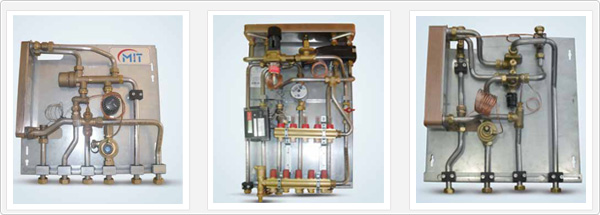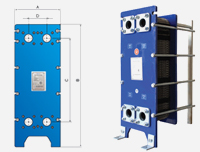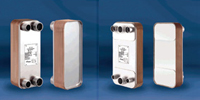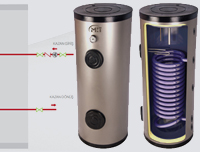MIT APARTMENT AND LOCAL HEATING NETWORK TRANSFER STATIONS
General Features / Working Principle
Transfer Stations are units where one part of the water coming from the central boiler room provides heating, the other part heats the domestic water coming from the hydrophore by passing from exchanger.
As it operates on a "domestic hot water priority basis", it offers a more comfortable hot water usage than boiler systems. Even in sudden and variable domestic hot water need, it provides water at intended flow and constant temperature.
The order followed during system design is as below:
- Flow for pump and pipe sizing- The boiler or regional heating capacity
- The volume of reserve tank

The total flow relies on the speed of the heating system flow and determined through the primer feeding flow required for the exchanger. The maximum flow is seen in summer or winter depending on the parameters. When determining pipe diameters, equivalence factor and primary domestic hot water need in winter must be taken into consideration.
If the domestic hot water control valve turns off mechanically the radiator/ floor thermal feeding system, 100 % need for domestic hot water need is apparent. If a valve that does not have mechanical balance feature is used in this line, it must be properly evaluated if domestic hot water will be of first priority or not.






